New Na-ion battery combining intercalation and conversion could be promising low-cost energy storage system
Green Car Congress
FEBRUARY 19, 2014
A team led by Yang-Kook Sun at Hanyang University (South Korea), Bruno Scrosati at University of Rome Sapienza, and Khalil Amine at Argonne National Laboratory reports the development of a sodium-ion battery based on a carbon-coated Fe 3 O 4 anode, Na[Ni 0.25 In addition, the battery is based on sodium, an abundant, hence low cost, material.



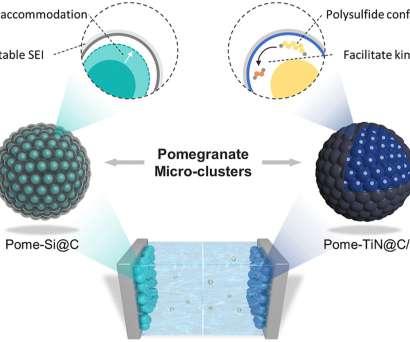
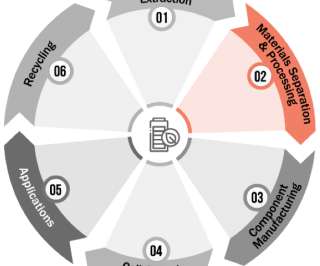













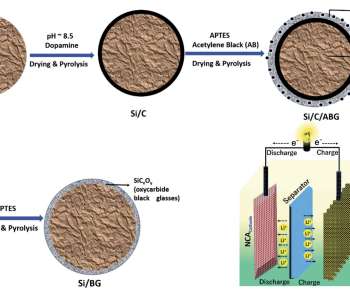



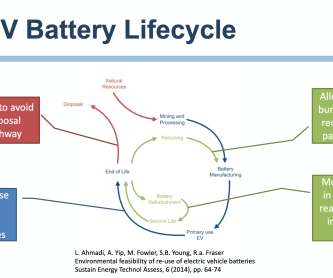


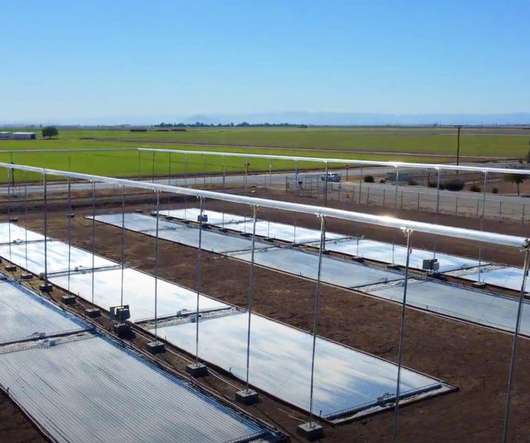



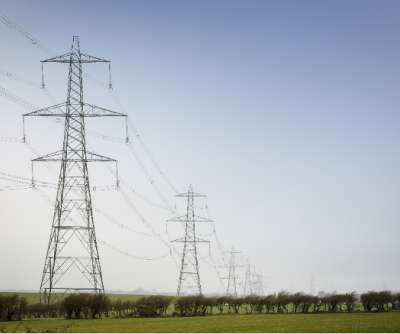












Let's personalize your content